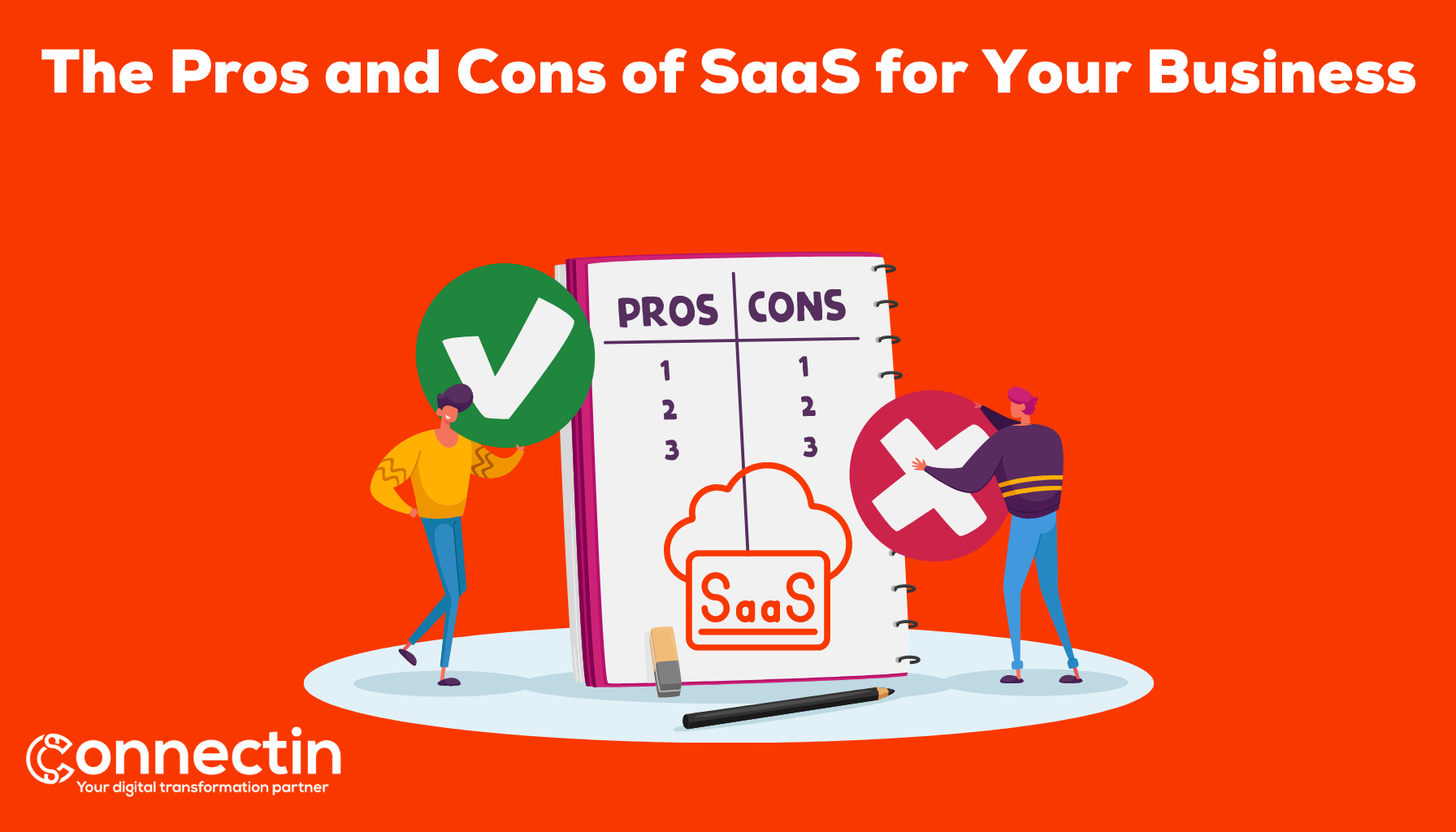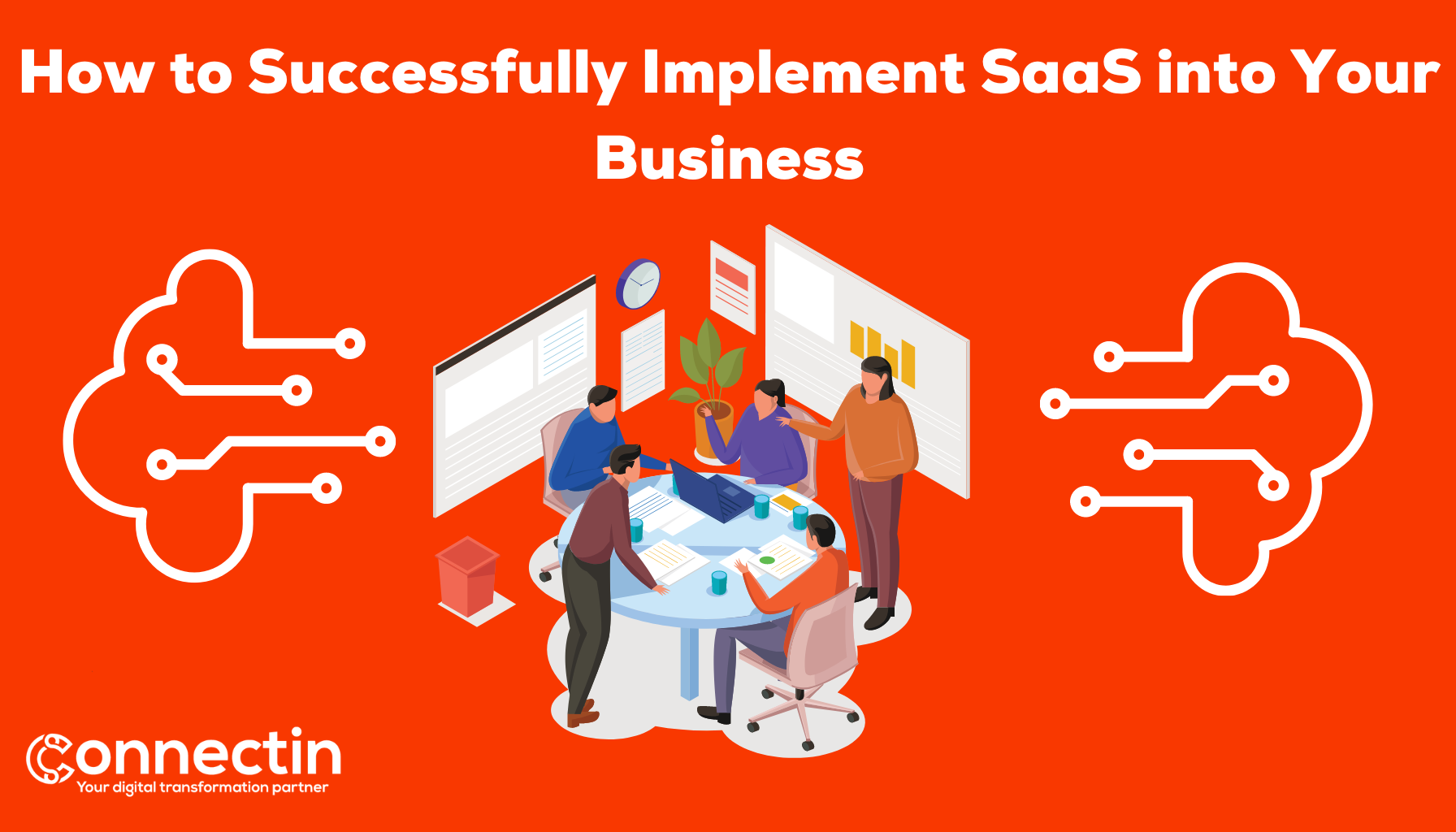The Pros and Cons of SaaS for Your Business
Software as a service (SaaS) is a cloud-based delivery model that provides businesses with access to software applications on a subscription basis. SaaS has become increasingly popular in recent years, as it offers a number of advantages over traditional software ownership.
1.1 scalable
One of the biggest advantages of SaaS is that it is scalable. Businesses can easily add or remove users as needed, and they only pay for the features and functionality that they use. This can save businesses a significant amount of money, especially if they have a fluctuating workforce.
There are two main types of SaaS scalability: horizontal and vertical. Horizontal scalability involves adding more servers to the system, which can handle more users and traffic. Vertical scalability involves upgrading the existing servers with more memory, processing power, and storage.
Most SaaS applications are designed to be horizontally scalable, as this is the most cost-effective way to handle increasing demand. However, some applications may require vertical scalability, such as those that handle large amounts of data or complex computations.
There are a number of factors that can affect the scalability of a SaaS application, including the design of the application, the underlying infrastructure, and the amount of traffic it receives.
Here are some statistics on SaaS scalability:
- According to a study by Gartner, 70% of businesses will use SaaS by 2025.
- The global SaaS market is expected to reach $122 billion by 2025.
- The top three industries that use SaaS are:
- Financial services
- Healthcare
- Retail
These statistics show that SaaS is a growing trend and that businesses are increasingly adopting it for its scalability and other benefits.
Here are some tips for ensuring that your SaaS application is scalable:
- Choose a SaaS vendor that has a proven track record of scalability.
- Design your application for scalability from the start.
- Use a cloud-based infrastructure that can easily be scaled up or down.
- Monitor your application's traffic and performance to identify potential bottlenecks.
By following these tips, you can ensure that your SaaS application can handle increasing demand without impacting performance.
1.2 User friendly
Another advantage of SaaS is that it is easy to use. SaaS applications are typically web-based, so they can be accessed from anywhere with an internet connection. This makes it easy for employees to collaborate on projects and stay productive, even when they are not in the office. A study by Forrester research found that 80% of SaaS/PaaS users find it easy to use. this contributed in increasing revenue in the SaaS industry as it is expected to reach $883.34 billion by 2029.
1.3 Up to date
SaaS can help businesses stay up-to-date in a number of ways. First, SaaS applications are typically updated more frequently than on-premises software. This means that businesses can be sure that they are always using the latest security patches and features. Second, SaaS applications are hosted in the cloud, which means that businesses do not need to worry about maintaining their own IT infrastructure. This can save businesses time and money. Finally, SaaS applications are typically easy to use and manage. This can help businesses improve their productivity.
1.4 Data privacy
Data privacy is a major concern for businesses in the Middle East. When using SaaS, it is important to choose a vendor that has a strong commitment to data privacy. It is evident that companies are putting their trust in SaaS/PaaS since Companies with fewer than 50 employees use an average of only 16 SaaS applications. Meanwhile, companies employing 50 to 99 employees use an average of 24 SaaS applications with a significant 50% increase. Moreover, it is projected that 85% of software that organizations use will be SaaS in 2025
1.5 Language support
There are a few different ways that SaaS applications can support multiple languages. One way is to translate the user interface (UI) of the application into different languages. This means that all of the text in the application, such as menus, buttons, and labels, will be translated into the user's preferred language.
Another way to support multiple languages is to provide localized versions of the application. This means that the application will be adapted to the specific cultural and linguistic requirements of the user's region. For example, the application may use different date and time formats, or it may use different currency symbols.
SaaS language support can be a valuable feature for businesses that want to reach a global audience. It can help businesses to improve their customer satisfaction and to increase their sales.
Here are some of the benefits of SaaS language support:
- Improved customer satisfaction: Customers appreciate being able to use applications in their preferred language. This can make them feel more comfortable and confident using the application, and it can lead to increased customer satisfaction.
- Increased sales: SaaS language support can help businesses to reach a wider audience. By making their applications available in multiple languages, businesses can attract new customers from around the world.
- Reduced costs: SaaS language support can help businesses to reduce their costs. By translating or localizing their applications, businesses can avoid the cost of developing and maintaining multiple versions of their applications.
- Moreover, Despite the proliferation of English, 76% of consumers prefer to purchase products with information in their native language, according to CSA Research. And 40% won’t buy from a website in other languages. That means you’re missing out on many potential buyers by only offering products in one language.
1.6 Support
It is important to choose a SaaS vendor that provides good support. This is especially important for businesses in the Middle East, where time zones can be a challenge. SaaS support systems offer a variety of features that can help businesses troubleshoot problems, get training on how to use their applications, and find answers to their questions. These features can help businesses save time and money, and they can also help businesses improve their productivity.
However, there are also some disadvantages to SaaS. One of the biggest disadvantages is that businesses are locked into a subscription. If a business is not happy with a SaaS application, they may have to pay a penalty to cancel their subscription. Both SaaS and PaaS support systems can help businesses grow. By providing businesses with the help and resources they need, these systems can help businesses troubleshoot problems, get training, and find answers to their questions. This can help businesses save time and money, and it can also help businesses improve their productivity.
Another disadvantage of SaaS is that businesses may have less control over their data. When businesses use SaaS applications, their data is stored on the vendor's servers. This means that businesses are at the mercy of the vendor's security measures.
2- Conclusion
Overall, SaaS has both advantages and disadvantages. Businesses should carefully consider the pros and cons before deciding whether or not to adopt SaaS. Once the decision of using a Saas is done move on to how to use it to its fullest potential and make a decent research by reading about leading SaaS such as Hubspot. For a detailed explanation, contact connectindigtial agency for a FREE introduction session to understand Hubspot's strength.




